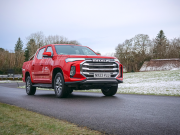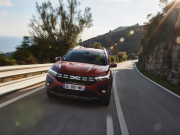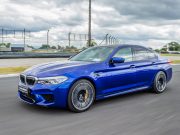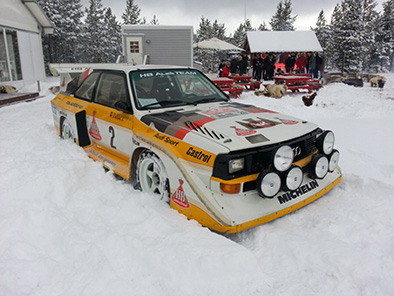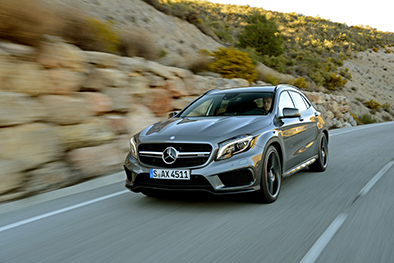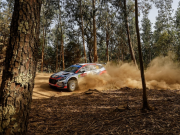
The Road Safety Authority (RSA) is advising all road users to prepare for the extremely cold weather conditions which has now started to arrive. Snow showers and icy conditions are expected from today onwards, these conditions will mainly affect eastern areas on Tuesday and will progressively become more widespread and heavier through the week. A spell of persistent and heavy snow is expected on Thursday night and into Friday morning, this combined with gale force winds has the potential to create BLIZZARD conditions with significant and disruptive accumulations of snow.
The RSA is asking drivers to take the time now to ensure their vehicle is roadworthy and ready for these conditions. Drivers should ensure that:
· Their tyres are roadworthy, inflated to the correct pressure and the thread depth is above the legal minimum of 1.6mm.
· Vehicle lights are clean and working properly.
· Windscreen wipers are not worn and there is de-icer in their windshield washing fluid and it is advisable to have an ice scraper handy
· They are familiar with any safety assist features on their vehicle e.g. ABS, Electronic Stability Control (ESC) and Traction Control which help in the event of a skid.
· Drivers are advised to carry a number of essentials in the boot of their car including.
o High visibility vest
o Appropriate footwear in case you need to leave your vehicle e.g. boots
o A hazard warning triangle
o De-icing equipment (for glass and door locks)
o First aid kit
o A working torch
o A blanket, additional clothing & some food and water
All road users should check national and local weather forecasts and traffic reports before making any journey to be aware of the conditions before setting out on a trip.
In terms of practical advice for road users to cope with the icy and snowy conditions the RSA is advising drivers to:
· Clear windows and mirrors before you set out, use a screen scraper and de-icer. Do not use hot water on the windscreen as it can crack the glass.
· Remove all snow from your vehicle before commencing your journey. Snow left on the roof will become loose and can drop onto the windscreen during braking, thereby causing sudden and severe restriction to your vision. It can also fall off during your drive and cause injury to pedestrians or a reflex action by another driver.
· In snow and icy conditions slow down, use all controls delicately and leave extra distance between you and the vehicle in front. Avoid over steering and harsh braking and harsh acceleration. Use the highest gear possible to avoid wheel spin. Select a low gear when travelling downhill especially if through bends.
· In blizzard conditions, visibility will be reduced greatly. Do not drive on the tail-lights of the vehicle in front (Target Fixing). This can give a false sense of security and you will be too close to be able to brake safely. In heavy snow, use your fog lights, turn off your radio and open your window a fraction, so you can hear other traffic, especially at junctions.
· Use dipped headlights at all times, and fog lights in heavy snow to ensure you are seen by other motorists (but don’t forget to turn them off afterwards).
· Watch out for vulnerable road users such as pedestrians, cyclists and motorcyclists and allow extra space.
· Drivers of high sided vehicles like trucks and buses are particularly at risk from both the dangers posed by snow but also from the high winds associated with blizzard conditions.
For a copy of the RSA’s ‘Top 10 tips for driving in snow or icy conditions’ click here.
Pedestrians are advised to:
· Be seen. Wear bright clothing but ideally wear a high visibility jacket, reflective armband or reflective belt.
· Wear appropriate footwear. Walk on the footpath, not in the street. Walk on the right hand side of the road, facing traffic if there are no footpaths.
· DO NOT underestimate the danger of ice. Many slips and falls happen in places people regard as safe and secure, typically outside their front door, on the door step, on the path or while getting out of the car. When you approach a footpath or roadway that appears to be covered with snow or ice, always use extreme caution.
For a copy of the RSA’s ‘Top 10 tips to avoid a fall or slip in snow or icy conditions’ click here.
Cyclists and Motorcyclists are advised:
· Motorcyclists / Cyclists should not compromise their safety by their ‘need’ to travel in icy/snow conditions. Cancel your journey or take alternative transport.
· Visibility is reduced in snowy conditions so cyclists should wear a Sam Browne Bandoleer belt or high visibility vest and ensure the lights on your bike are working correctly.
· Motorcyclists should avoid wearing a dark visor in any bad light conditions.
· Remember other road users may not ‘expect’ you and could therefore comprise your safety
More safety tips for Pedestrians, Cyclists and Motorcyclists using the roads in snow and icy conditions can be found here.
For advice on severe weather driving tips and weather updates, please see severe weather advice on the RSA website or check out the RSA Facebook and Twitter pages.
















